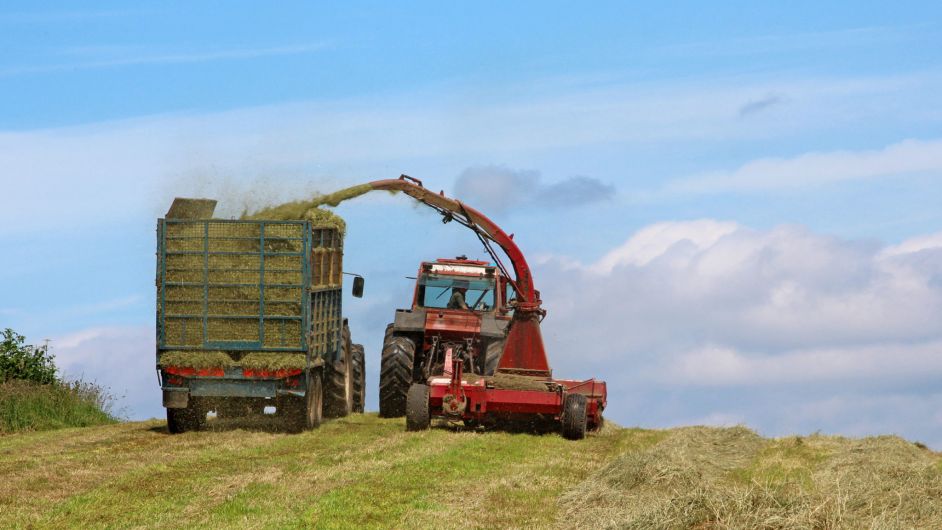THE continuing dry weather has led to tightening of grass supplies on many farms. It is not uncommon to hear of farmers buffer feeding with baled silage and 5-6kg of meal in some situations.
The predicted grass growth for the next week is 59kg and the forecast for rain is low at 6mm.
Grass dry matter is at 18-19%. Be careful not to underestimate covers on paddocks.
An increase from 16% DM to 19% DM is nearly 20% more grass in a paddock. So a cover estimated at 1,100 could have 1,300 KgDM/ha and 10 days ahead could really be 12 days ahead. Grass utilisation should be high at over 90%, as grazing conditions are excellent.
Where you have walked the farm and grass is tight, the key to managing this situation is to reduce demand and hold the rotation (20-25 days) so that you don’t end up in a tailspin. The ideal pre-grazing cover is 1,400 kg DM/ha.
Getting into a very short rotation will lead to lower covers (below 1,100 KgDM/ha) in front of cows and will impact on herd performance.
The ultimate aim is to keep average farm grass cover above 550 KgDM/ha.
This is why it is necessary to walk the farm weekly and if grass is tight, act by putting in baled silage and meals or a combination of both until the situation recovers and growth increases again.
Sulphur is an important aid to improve nitrogen use efficiency and therefore, growing more grass. During dry weather sulphur availability to the grass plant becomes even more important.
Farmers who are aiming to achieve the Grass10 targets of growing 14 T DM/ha and reaching 10 grazings per paddock should check their PastureBase accounts to review their grazing rotations and annual tonnage to date.
Many farms should be on the 5th rotation as we speak so paddocks should have between 5.0-5.5 T DM/ha of grass grown.
You can access this information by opening the ‘Reports’ tab on the left hand menu and click into ‘annual tonnage’.
Second-cut silage will be an important on many farms in 2022 to build silage reserves for the coming winter.
It is important to ensure that second-cut crops are fertilised adequately to provide a good yield of grass at harvest time.
Where cattle slurry is available, it will be a valuable source of phosphorus (P) and potassium (K) to replenish soil reserves, and could supply all P and K requirements for the crop depending on soil fertility levels. Aim to apply cattle slurry after first-cut silage and empty slurry tanks before the winter period.
Where a second cut of silage is planned, low-emission slurry spreading (‘Less’) increases the recovery of N by three units/1,000gals and reduces N losses as ammonia.
Less delivers slurry nutrients more precisely across the spread width, giving a more targeted nutrient placement.
Fertilise second-cut grass silage based on crop yield potential.
If you want to get a cut of silage yielding 6-9 tonnes per acres then you will need 60-80 units of N per acre; 10-12 units of P; 60-80 units of K and 10-12 units of sulphur respectively.
The required nutrients can be supplied by applying 2,000 gals/ac of slurry and 1.2 bags/ac protected urea +S or where slurry is not available, apply 3-4 bags/ac 15-3-20 + S and 0.3 bags /ac protected urea to achieve six tonne/acres.
For a higher yield (9 tonne/acre) in a good quality sward apply 2,500 gals /ac and top up with 1.6 bags/ac protected urea + S.
Again, where no slurry is available apply 4 bags/ac 15-3-20 + S and 0.4 bags/ac protected urea.
Sulphur (S) plays a key role in increasing grass DM yield, fertiliser N efficiency and reducing N leaching. For second-cut grass silage crops, apply 8-15kg S/ha (6-12 units/ac) per cut.
• Ciara O’Shea is a business and technology dairy advisor based in the Teagasc office in Macroom.







